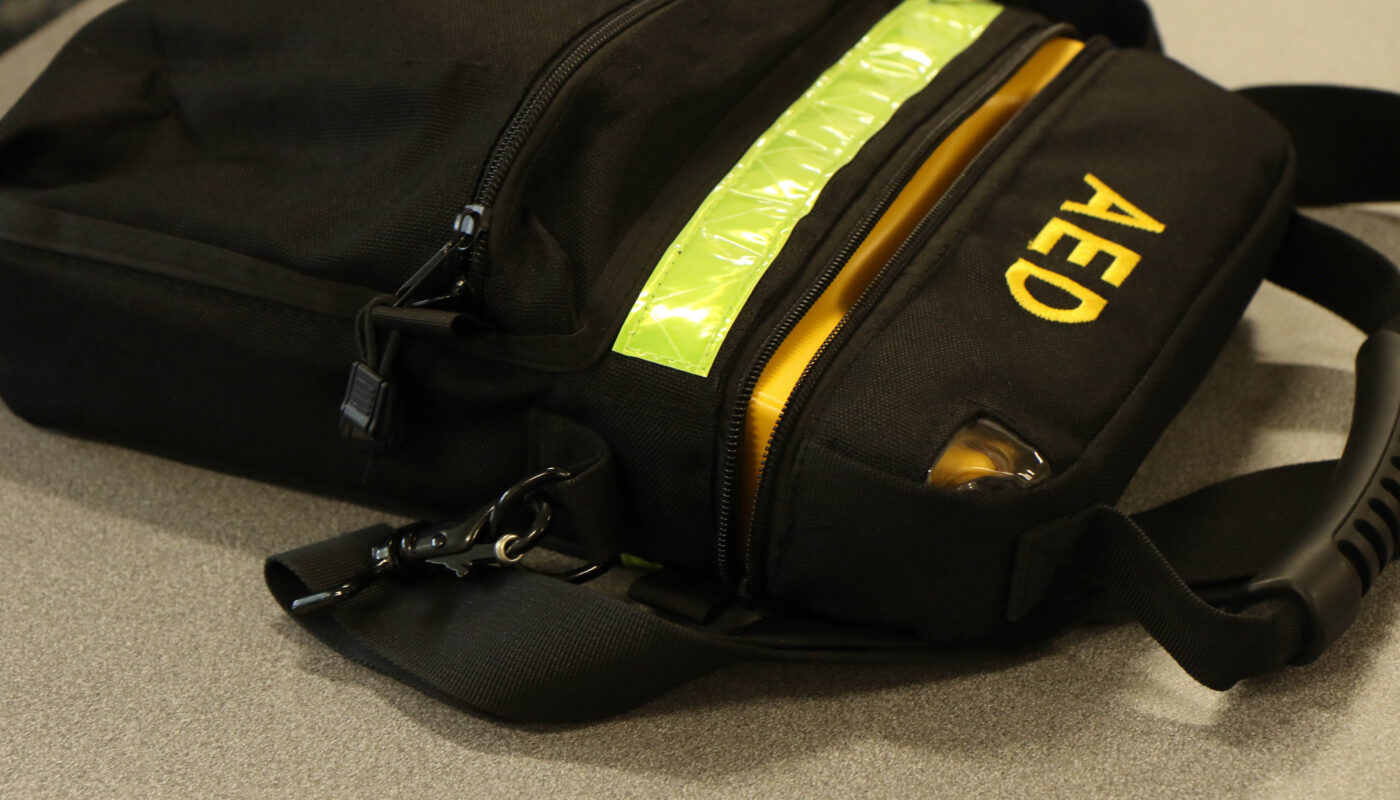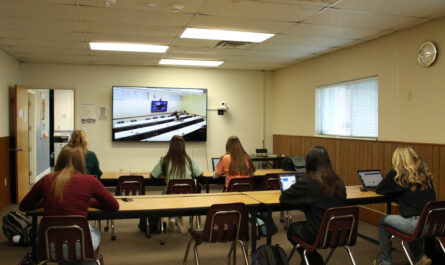In the halls of NS, you may have noticed small wall-mounted boxes labeled AED. These devices—Automated External Defibrillators—are more than just equipment; they are vital tools that could save someone’s life.
AEDs are used to analyze a person’s heart rhythm during sudden cardiac arrest, and if necessary, deliver a controlled electric shock—also known as defibrillation—to restore a normal heartbeat. NS purchased three AEDs with pads, batteries, and cabinets back in 2023, paid for with a Nurse Grant.
While they may seem intimidating, AEDs are designed to be used by anyone, even those without medical training.
“The number one reason that they don’t work, [is] people forget to turn them on,” school nurse Shauna Rawlinson said.
It’s a simple but crucial reminder: staying calm and powering on the device is the first step to saving a life. Thankfully, the devices are built with the average person in mind. These machines provide voice instructions to guide users through the process of applying the pads and delivering a shock if needed.
“It’s an electrical current that stops it,” Cami Christensen said. “So your heart will automatically, if it’s supposed to be beating, it will kick back up and hopefully, at a good rate.”
One key to the device’s success lies in proper pad placement.
“Top right chest, and then lower right side,” senior Brandt Lund said. “That ties a connection for the electric current to stream in range of the heart.”
Knowing where to place the pads makes a huge difference in ensuring the electrical current passes through the heart effectively. Some may question the cost of these devices, with three AEDs costing around $6,200 especially in a school operating on a budget, that price tag can seem steep. But those who understand their importance know they’re worth every penny.
“They’re expensive,” Christensen said. “People say, ‘They’re just hanging on the wall. That’s a lot of money to spend.’ But when you need it, you’d pay anything to have it.”
The presence of AEDs at NS High isn’t just a safety measure, it’s also a legal requirement.
“We would have these just because it’s smart,” vice principal Ryan Syme said, “but we’re doing it also to comply with state law.”
Syme said that schools in Utah are required to have enough AEDs onsite to adequately protect the student population.
Currently, NS has five AED units placed strategically throughout the building. Keeping them in working condition is critical, and that responsibility falls to Jamie Withers.
“She checks the AEDs once a month to make sure the batteries and pads haven’t expired and that the machines are functioning properly,” Rawlinson said.
This regular maintenance ensures that every AED is ready to go in case of an emergency because when lives are on the line, there’s no room for error. In an emergency, seconds matter. With AEDs placed throughout the school and a staff trained in their use, NS is taking proactive steps to be prepared for the worst.
“These AEDs aren’t just machines, they’re life-saving tools, and we take their upkeep seriously,” Rawlinson said.
These devices may blend into the background of the school hallways, but their presence is anything but ordinary. They are quiet guardians, ready at a moment’s notice to help save a life.
“It gives me peace of mind knowing that if something ever happened, we’re ready to respond immediately,” Rawlinson said.



